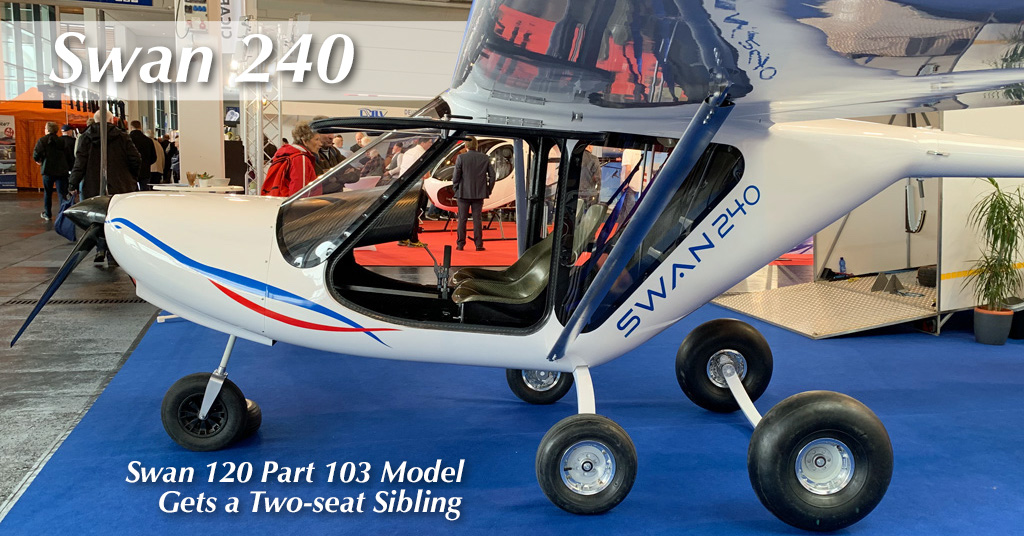
We live in an age of sophisticated two seaters, a large flock of wonderful aircraft of every description. Such two-place flying machines lead in sales and perhaps that’s to be expected. Around 80% of light aircraft buyers prefer three-axis fixed-wing aircraft. This is hardly surprising as that’s what nearly all pilots have used for primary training since the ’70s. To select another aircraft type means going out on a tree limb. This is especially true with what I call “alternative aircraft” — weight shift trikes, powered parachutes, motorgliders, and gyroplanes. It would include lighter-than-air, too, if we had more than a single entry. However, some three-axis fixed wingers also disregard Part 103-compliant aircraft. Some say, “Those things are flying lawn chairs,” by which they try to disparage the category hinting they’re too “flimsy.” Most who say this probably never sat in one let alone flew one. One entry I’ve written about (see my earlier report) appears to have be viewed differently, perhaps as it has a full enclosure and is built of composite materials.


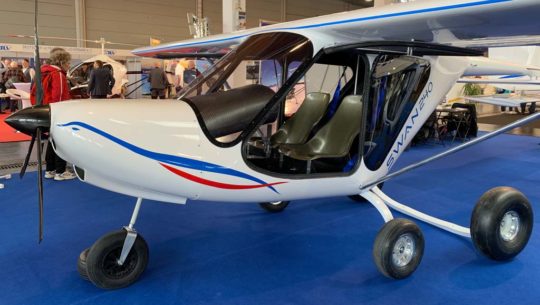 To select another aircraft type means going out on a tree limb. This is especially true with what I call "alternative aircraft" — weight shift trikes, powered parachutes, motorgliders, and gyroplanes. It would include lighter-than-air, too, if we had more than
To select another aircraft type means going out on a tree limb. This is especially true with what I call "alternative aircraft" — weight shift trikes, powered parachutes, motorgliders, and gyroplanes. It would include lighter-than-air, too, if we had more than 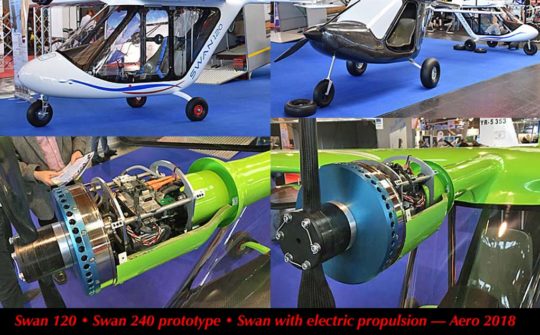 That's great. Swan 120 is reportedly a well-flying aircraft; I have not had the chance yet.
Yet lots of potential buyers may prefer a two seater and as the video below shows, I did see a finished version of such at
That's great. Swan 120 is reportedly a well-flying aircraft; I have not had the chance yet.
Yet lots of potential buyers may prefer a two seater and as the video below shows, I did see a finished version of such at 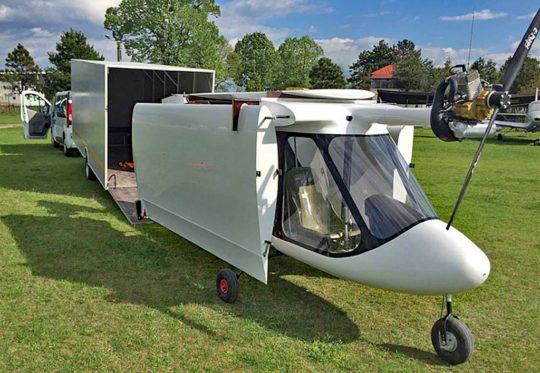 Radu owns a larger company, Avi, in Romania where he makes all sorts of industrial composite components for trains, aircraft, and backyard swimming pools. He's an aeronautical engineer with 25 years experience in composite construction. As with similar companies, the airplane portion of the business is a smaller segment of the overall enterprise although Berceanu is very passionate about aviation.
Unlike Swan 120 that qualifies as a 120 Kilo Class aircraft under German rules, a two-seat Swan 240 at about twice the weight must earn approval in a higher class. Peter observed, "Swan 240 [cannot use rules for] Swan 120 Europe-wide."
Instead, Swan 240 must qualify under EASA rules or those from the CAA of each European country. While rules in many countries are similar for light aircraft, they are not identical. "It is still not quite clear what max takeoff weight Swan 240 is allowed to have, 600 or 640 kilograms," clarified Peter. "The rules are different, which is one of the reasons why we still wait a little bit."
In the USA, Swan 240 would have to be a kit or go through the approval process for Light-Sport Aircraft (no small task).
Radu owns a larger company, Avi, in Romania where he makes all sorts of industrial composite components for trains, aircraft, and backyard swimming pools. He's an aeronautical engineer with 25 years experience in composite construction. As with similar companies, the airplane portion of the business is a smaller segment of the overall enterprise although Berceanu is very passionate about aviation.
Unlike Swan 120 that qualifies as a 120 Kilo Class aircraft under German rules, a two-seat Swan 240 at about twice the weight must earn approval in a higher class. Peter observed, "Swan 240 [cannot use rules for] Swan 120 Europe-wide."
Instead, Swan 240 must qualify under EASA rules or those from the CAA of each European country. While rules in many countries are similar for light aircraft, they are not identical. "It is still not quite clear what max takeoff weight Swan 240 is allowed to have, 600 or 640 kilograms," clarified Peter. "The rules are different, which is one of the reasons why we still wait a little bit."
In the USA, Swan 240 would have to be a kit or go through the approval process for Light-Sport Aircraft (no small task).
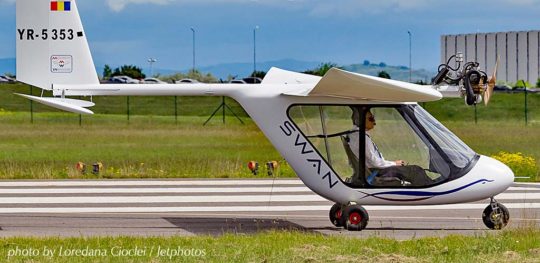
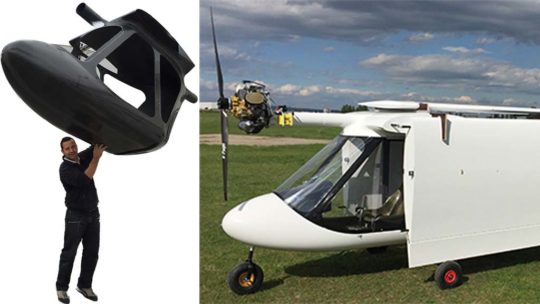 Transport & Storage
Transport & Storage